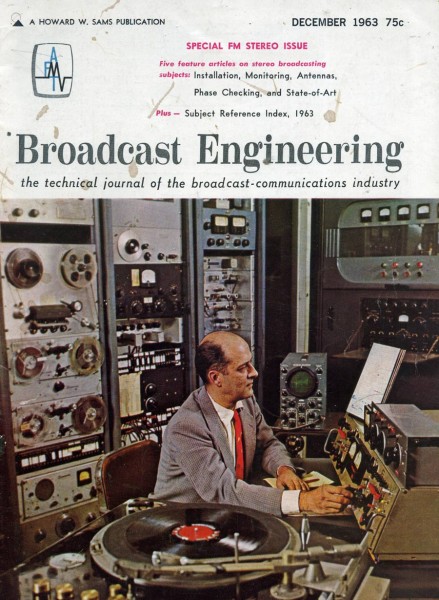
This is a reprint of an article by the same title first published in the December 1963 “Broadcast Engineering” magazine; volume 5, number 12. By George W. Yazell:
In planning a new installation, the broadcast station engineer will be called upon to evaluate the products of various manufacturers before an order is placed for new FM stereo station equipment. In preparing his recommendation, the engineer will review descriptive literature, advertisements, and instruction books. He will seek information and advice from his consultant, other station engineers with stereo experience, and sales representatives of broadcast equipment manufacturers. His thinking may also be influenced by magazine articles and advertisements.
It is unfortunate, but true, that during the engineer’s survey he will encounter many conflicting opinions and claims. Some “advisors” may go so far as to imply that their system of stereo signal generation is the only one worthy of consideration, and all the rest have so many shortcomings as to be impractical or even unworkable.
The simple truth is that any manufacturer offering a transmitter or associated device for sale to broadcast stations must obtain FCC type acceptance. In doing so, complete and authentic test data is submitted for the Commission’s review and approval. Type acceptance by the FCC is your assurance that the equipment will meet certain specifications.
Thus you can either draw straws, or accept the views of the “advisor” with the most forceful opinion and still feel safe that the equipment you recommend will work. A more practical solution would be to prepare a list of equipment and features you require, with careful attention to needs peculiar to your own station; then select the equipment which most nearly matches your requirements.
List What You Have
The first step is to list and evaluate any equipment, facilities, and assets already available for the proposed installation – even if it is only a construction permit, a bank account, and a plan of operations. Some items to consider include:
- Ask management for a budget. This is probably the most significant factor in your recommendation. You should set both a practical budget and an absolute top limit. If you find it impossible to do the job within the budget limitations, do not hesitate to say so. Point out that stereo is a two channel system and that in addition to special transmitting equipment, the studio installation will require two of each amplifier, loudspeaker, telephone line, etc. Therefore, a stereo installation will cost considerably more than monophonic facilities.
- Review the program plans for the station. The quantity, complexity, and flexibility of the audio equipment selected must adequately meet these needs, with some reserve facilities for future expansion.
- You may presently have an FM, AM, or TV station a combination of these. In this case you can probably count on using existing studio facilities, some of the technical equipment, the tower, remote control facilities, and technical manpower.
- Consider the abilities of your technical staff. You may be the only engineer, or may have available a large staff of technical personnel. In any event, select equipment having circuits and components your technicians can install and maintain.
- Survey the supply situation. Determine the location and stock capabilities of electronic supply houses in your area. Keep in mind that any electronic component must eventually fail; and an inexpensive component can cost hundreds of dollars if you are “off the air” several days while a replacement is being flown in from a distant source of supply. If the supply picture is discouraging, you can best protect yourself by selecting practical equipment employing readily available components – and ordering an adequate supply of spares for parts you cannot obtain locally.
List your needs
Your next step is to prepare as complete a list as possible of the total equipment requirements.
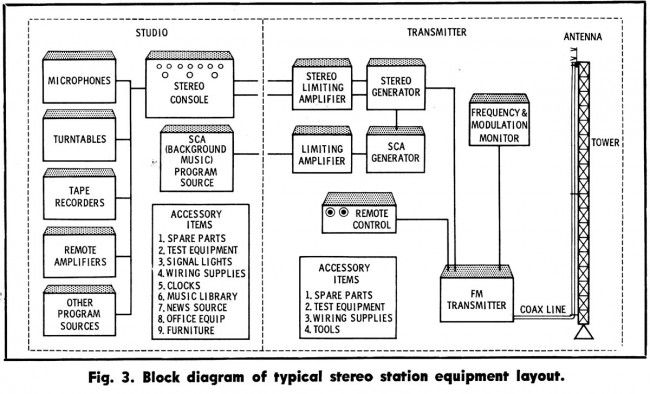
Sketch a block diagram of your proposed layout (Fig. 3). Then prepare a chart of all the equipment you will need with space provided for prices, data, and notes on each device. As you prepare these charts several things will become evident:
- You will probably discover more equipment is needed than you originally anticipated.
- In determining what must be purchased, you must carefully integrate your needs with the equipment now on hand.
- Your ultimate decision will depend on many interacting factors rather than on one outstanding feature of a particular device.
- It will be wise to purchase as many items as possible from a single source to take advantage of: the compatibility of equipment that is designed to work together as a system, coordinated shipments and service, possibly lower cost because of quantity purchase, and -if required- simpler finance arrangements.
Making a Decision
After considering the points outlined above, and making the lists, you are ready to select equipment.
If the budget is limited you may investigate the possibility of some used equipment. However, since today’s FCC Stereo Specifications were only established as recently as 1961, there will be little used equipment available. In the majority of cases, converting old monophonic equipment will be difficult, and costly, and the end result may be less than satisfactory. Old “dual channel” audio consoles have been successfully converted, but the process usually requires almost complete rebuilding. It is necessary to install dual faders, correct phase differences, and balance gain between channels.
Used FM transmitters are frequently advertised, but many are left over from the early days of FM. Some transmitter manufacturers of the late ’40s are no longer in business. Replacement tubes and parts are difficult, if not impossible, to get. Some older transmitters lack stability and some contribute to the degradation of stereo separation because they do not maintain the proper phase relationship between upper and lower sidebands. If such a transmitter is to be used, it probably will be necessary to purchase a new exciter and, of course, a stereo generator.
Since stereo listeners are a discriminating and critical audience, audio equipment should be chosen with care. It will be wise to settle for only the finest professional stereo turntable and tape equipment. It is better to have the minimum requirements of excellent equipment than a control room crowded with “make-do” items.
Stereo consoles are available with a wide range of prices and facilities. Some offer stereo channels only for record and tape inputs, while the more complete models even make provision for stereo networks and remote circuits. Much of today’s programming is on records and tapes, but regional “off-the-air relay” stereo networks are springing up. Stereo microphone facilities are a must if you want your locally produced commercials to sound as impressive as your stereophonic music.
Current models of FM transmitters are highly efficient, trouble-free, and easily remote-controlled. All FM transmitters follow one pattern- a basic exciter and a number of amplifier stages to produce the required power output. The power amplifiers in the various models are somewhat similar, except in high-power transmitters (20 kw and up).
A wide variety of FM exciters and stereo generators is offered, and this is one area in which confusion might occur. (Again, it should be pointed out that all these units are subject to FCC-type acceptance.) A typical exciter and stereo /SCA generating system is shown in Fig. 5. The block diagram explains the signal path and function of the various circuits.
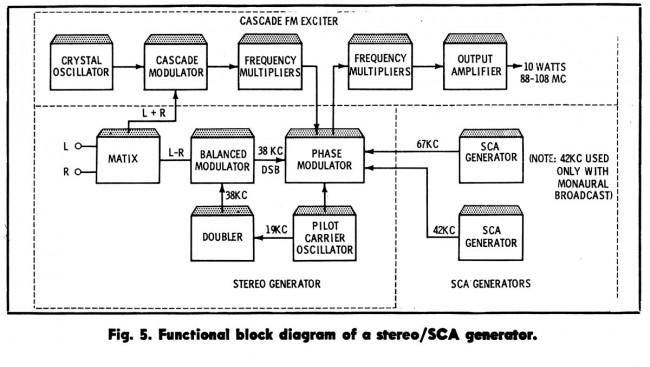
Conclusion
The selection, installation, and operation of FM multiplex stereo equipment require the careful attention of a highly skilled technician. Installation, adjustment, and maintenance should be in exact accordance with the manufacturer’s instruction book. Following these instructions, the broadcast engineer can feel confident in planning a stereo installation that will be a pleasure to operate and a source of pride and profit.
Used by permission of the publisher; SAMS Technical Publishing, Inc.
I found a stack of these old Broadcast Engineering magazines from the early sixties when cleaning out the WUPE-FM (formerly WNMB) transmitter site. I thought it would be interesting to see how Broadcast Engineers some 50+ years ago were planning for FM stereo. One of the stations I worked for, WRVE (formerly WGFM) was the first station in the country to broadcast with the General Electric stereo system. This was later adopted as the standard for FM stereo broadcasting in the US.
For more historical broadcasting publications, go to American Radio History.



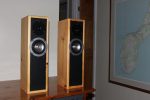
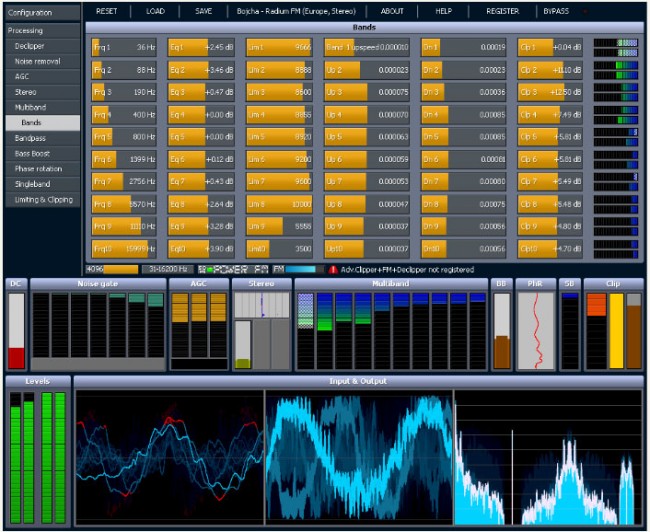

This site has hundreds of electronic magazines going way back and many are searchable.
http://americanradiohistory.com/Popular-Electronics-Guide.htm
Use caution, it will use up time when you supposed to be doing other things.